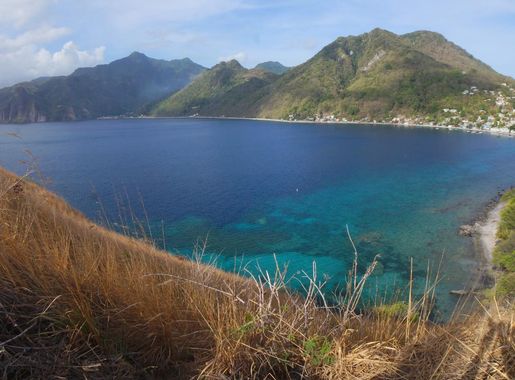
The Enchanting Soufriere Bay
Discover Soufriere Bay in Dominica, where vibrant marine life, lush landscapes, and rich cultural heritage create a unique and unforgettable Caribbean experience.
Soufriere Bay, located on the southwestern coast of Dominica, is a hidden gem that offers a unique blend of natural beauty and cultural richness. This picturesque bay is known for its stunning landscapes, with lush green mountains that cascade into the crystal-clear Caribbean Sea. The vibrant coral reefs and warm, inviting waters make it a paradise for snorkelers and divers alike. As you explore the underwater world, you'll encounter a myriad of colorful marine life, from bright tropical fish to majestic sea turtles. The charm of Soufriere Bay extends beyond its natural allure. The nearby village of Soufriere is a quaint and welcoming community that offers a glimpse into the local way of life. Stroll through the village and you'll find traditional wooden houses, friendly locals, and a relaxed, laid-back atmosphere. The village is also home to the historic Soufriere Sulphur Springs, where you can take a dip in the warm, mineral-rich waters known for their therapeutic properties. For those seeking adventure, the surrounding area provides numerous hiking opportunities. Trails such as the trek to the scenic Scotts Head, where the Caribbean Sea meets the Atlantic Ocean, offer breathtaking views and a chance to immerse yourself in Dominica's lush rainforest. Whether you're looking to relax on the beach, explore underwater wonders, or connect with local culture, Soufriere Bay is a destination that caters to all tastes and preferences.
Local tips in Soufriere Bay
- Visit early in the morning to avoid crowds and enjoy the serenity of the bay.
- Bring your own snorkeling gear to explore the vibrant coral reefs.
- Wear comfortable hiking shoes for the trek to Scotts Head.
- Don't miss a visit to the Soufriere Sulphur Springs for a relaxing soak.
- Try local dishes at village eateries to experience authentic Dominican cuisine.
The Enchanting Soufriere Bay
Soufriere Bay, located on the southwestern coast of Dominica, is a hidden gem that offers a unique blend of natural beauty and cultural richness. This picturesque bay is known for its stunning landscapes, with lush green mountains that cascade into the crystal-clear Caribbean Sea. The vibrant coral reefs and warm, inviting waters make it a paradise for snorkelers and divers alike. As you explore the underwater world, you'll encounter a myriad of colorful marine life, from bright tropical fish to majestic sea turtles. The charm of Soufriere Bay extends beyond its natural allure. The nearby village of Soufriere is a quaint and welcoming community that offers a glimpse into the local way of life. Stroll through the village and you'll find traditional wooden houses, friendly locals, and a relaxed, laid-back atmosphere. The village is also home to the historic Soufriere Sulphur Springs, where you can take a dip in the warm, mineral-rich waters known for their therapeutic properties. For those seeking adventure, the surrounding area provides numerous hiking opportunities. Trails such as the trek to the scenic Scotts Head, where the Caribbean Sea meets the Atlantic Ocean, offer breathtaking views and a chance to immerse yourself in Dominica's lush rainforest. Whether you're looking to relax on the beach, explore underwater wonders, or connect with local culture, Soufriere Bay is a destination that caters to all tastes and preferences.
When is the best time to go to Soufriere Bay?
Iconic landmarks you can’t miss
Dominica Botanical Gardens
Explore the Dominica Botanical Gardens: A Tropical Paradise of Exotic Plants and Scenic Beauty in Roseau.
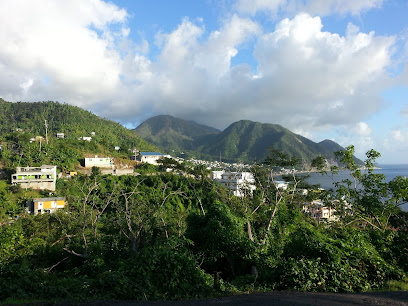
Emerald Pool
Explore the breathtaking Emerald Pool in Dominica, where turquoise waters meet lush rainforest, creating an idyllic retreat for nature lovers and adventure seekers.
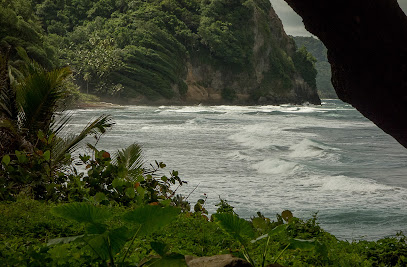
Trafalgar Falls
Experience the breathtaking beauty of Trafalgar Falls, a must-visit natural wonder in Dominica, surrounded by lush rainforest and stunning landscapes.
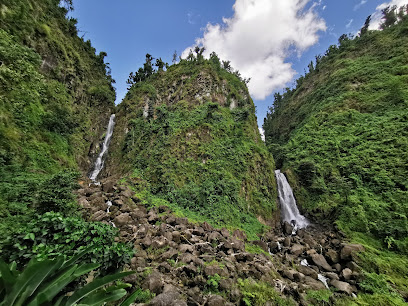
Titou Gorge
Experience the natural beauty and adventure at Titou Gorge, a stunning attraction in Dominica with crystal-clear waters and majestic cliffs.
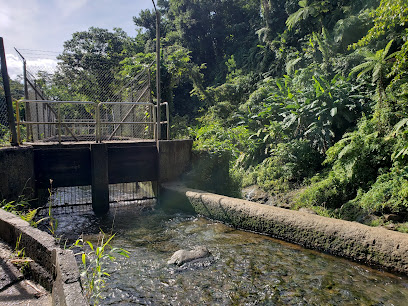
Jungle Bay Dominica
Explore the beauty of Dominica at Jungle Bay, where relaxation meets adventure in a stunning tropical landscape.

Champagne Reef, Dominica
Explore the enchanting Champagne Reef, where underwater hot springs meet vibrant marine life in Dominica's stunning Caribbean setting.
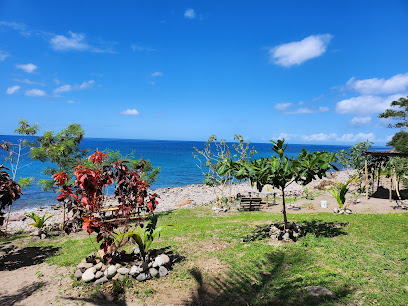
Fort Shirley
Experience the historical significance and breathtaking views at Fort Shirley, a must-visit attraction in Portsmouth, Dominica.
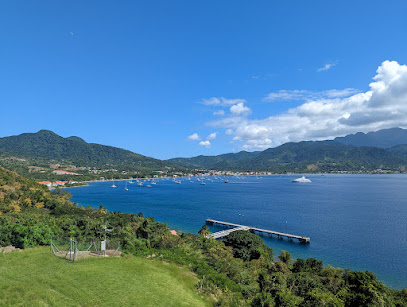
Morne Bruce Viewpoint
Experience stunning views of Roseau and the lush landscapes of Dominica at Morne Bruce Viewpoint, a must-see destination for every traveler.
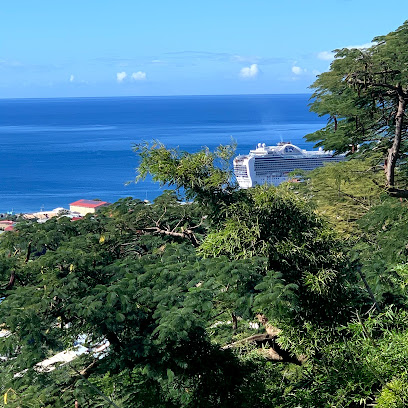
Morne Trois Pitons National Park
Discover the enchanting beauty of Morne Trois Pitons National Park, a UNESCO World Heritage Site in Dominica, perfect for nature lovers and adventure seekers alike.
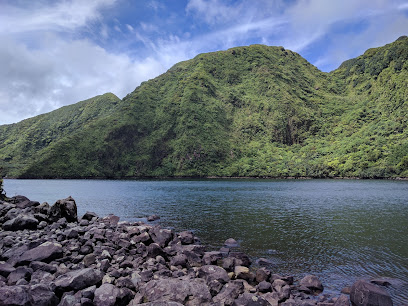
Bubble Beach Spa
Experience ultimate relaxation at Bubble Beach Spa, a serene beach pavilion in Soufriere, Dominica, offering rejuvenating treatments and breathtaking ocean views.
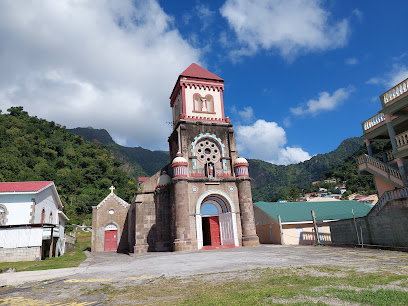
The Old Mill Cultural Centre
Explore Dominica's heritage at The Old Mill Cultural Centre, a captivating museum showcasing the island's history, culture, and traditional crafts.
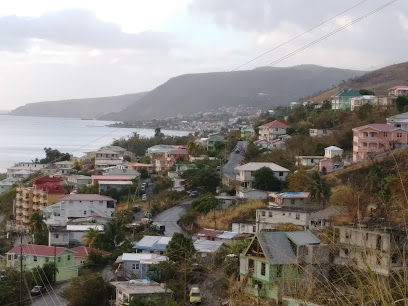
Nature Island Dive
Discover the vibrant underwater world with Nature Island Dive in Soufriere, Dominica, where adventure and marine conservation come together.
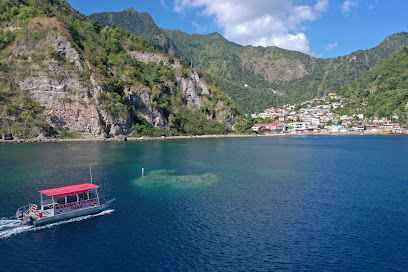
Papillote Tropical Gardens
Explore the enchanting Papillote Tropical Gardens, a lush paradise in Dominica filled with exotic plants, vibrant wildlife, and serene landscapes.
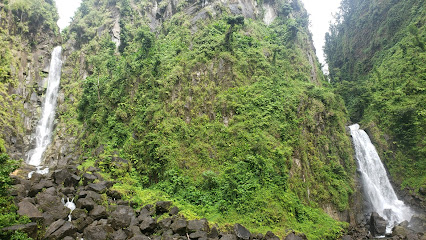
Spanny Falls
Experience the natural beauty of Spanny Falls, a breathtaking waterfall in Dominica's lush landscapes, perfect for relaxation and adventure.
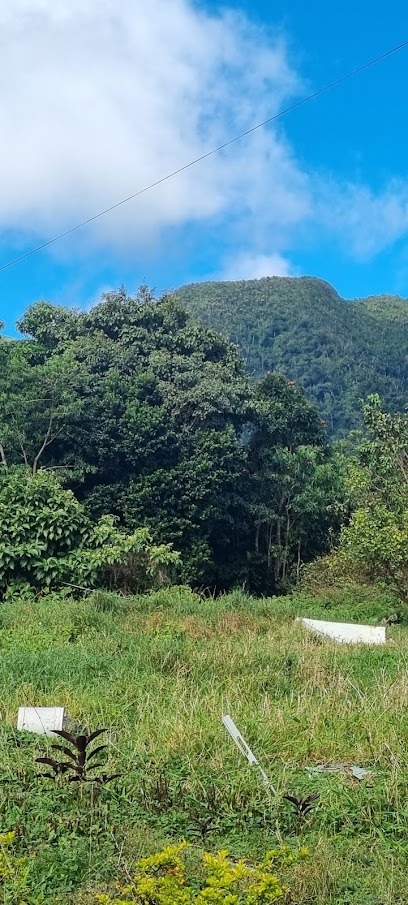
Middleham Falls Dominica
Explore the stunning Middleham Falls in Dominica, a breathtaking natural wonder surrounded by lush rainforest and adventure.
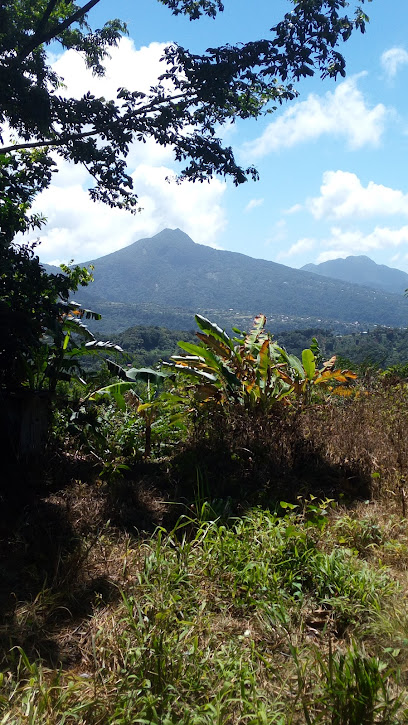
Unmissable attractions to see
Jack's Walk Trail
Discover the stunning landscapes and serene beauty of Jack's Walk Trail in Roseau, a perfect getaway for nature lovers and hiking enthusiasts.
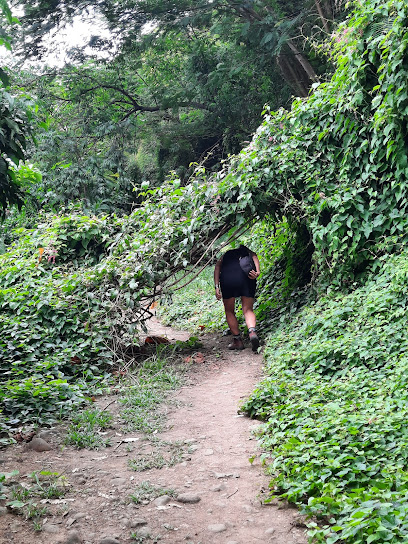
Rexfortrue services ltd (Live and Learn Dominica puzzle books)
Explore Rexfortrue Services Ltd in Roseau for unique puzzle books that celebrate Dominica's beauty and culture in an engaging way.

Essential places to dine
Teacher's Place
Discover authentic Dominican flavors at Teacher's Place in Soufriere - a culinary haven celebrating local ingredients and vibrant culture.
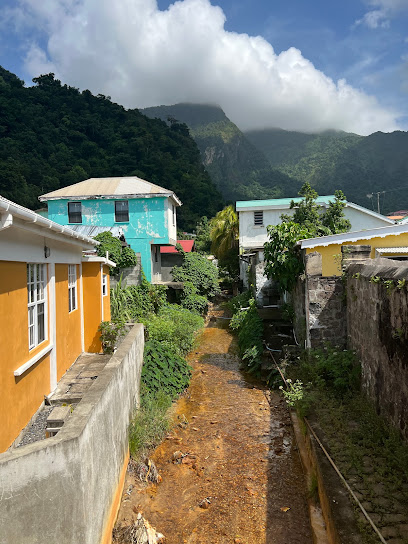
Nee's-Dy's Seaside Bar
Discover the vibrant flavors and stunning views at Nee's-Dy's Seaside Bar in Soufriere - a true Caribbean dining experience.
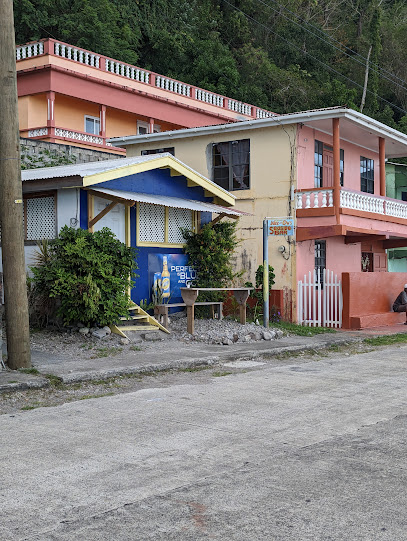
Iron Monkey Bar & Grill
Experience vibrant cocktails and authentic Caribbean cuisine at Iron Monkey Bar & Grill in beautiful Soufriere.

Hazels's Touch
Experience authentic Caribbean cuisine at Hazel's Touch in Soufriere - where every meal tells a story of flavor and tradition.
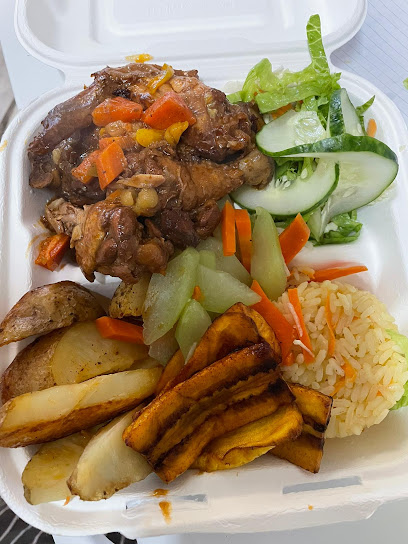
Bobby Bar & Grill
Experience the best grilled delights at Bobby Bar & Grill in Soufriere - where local flavors meet stunning coastal views.
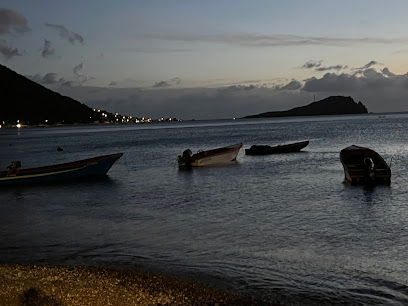
Snack Bar
Discover authentic Caribbean flavors at Snack Bar in Soufrière – a cozy restaurant offering fresh local dishes amidst stunning scenery.
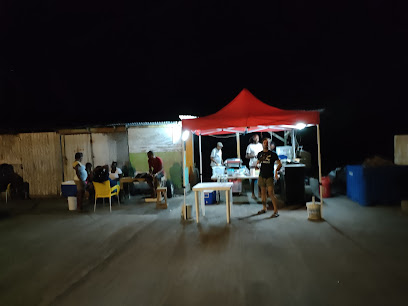
Calabash Restaurant at Jungle Bay
Experience authentic Caribbean cuisine amidst breathtaking views at Calabash Restaurant at Jungle Bay.
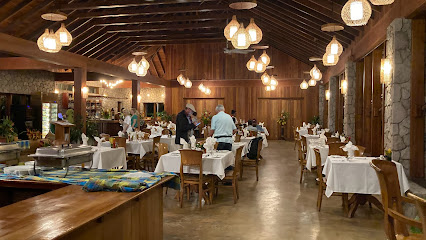
Casian's Divine Food & Bar
Discover delightful Caribbean flavors at Casian's Divine Food & Bar in Soufriere - your go-to fast food paradise.

Markets, malls and hidden boutiques
Jungle Bay Dominica
Discover the ultimate Caribbean escape at Jungle Bay Dominica, where luxury meets nature in an eco-friendly paradise.
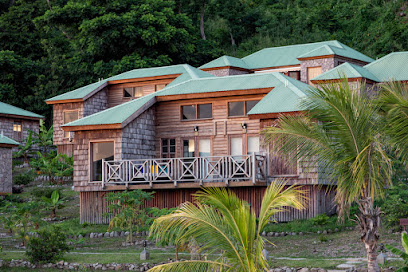
Nature Island Dive
Discover the underwater wonders of Dominica with Nature Island Dive, your gateway to unforgettable diving adventures in Soufriere.
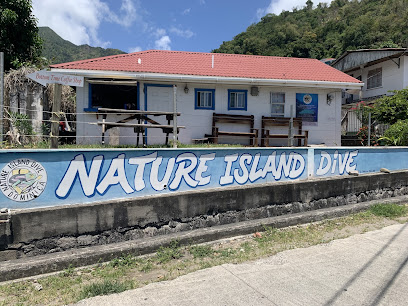
Bottom Time Coffee Shop
Experience the warmth and flavors of Dominica at Bottom Time Coffee Shop, a delightful café on Soufriere's scenic Bayfront.
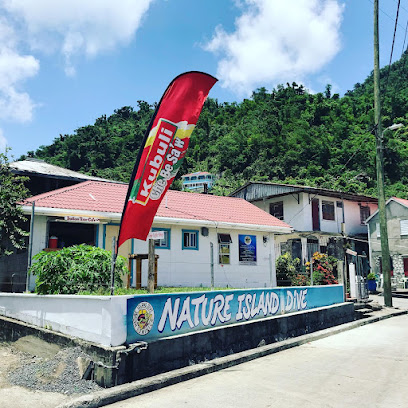
Duty Free Emporium
Explore the Duty Free Emporium in Roseau for exclusive deals on luxury goods and local crafts, perfect for every savvy traveler.
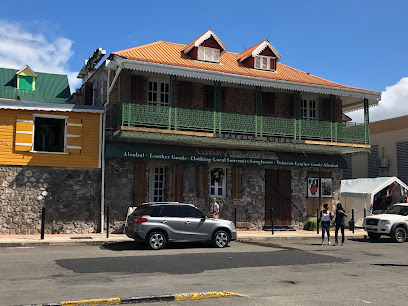
Boland's Mini Mart
Discover local flavors and essentials at Boland's Mini Mart in Grand Bay, your go-to general store for all your grocery needs.
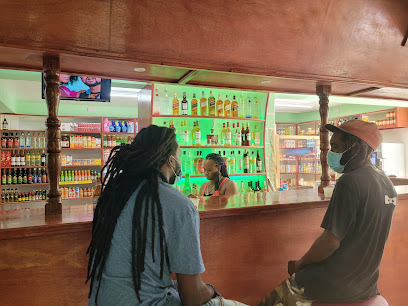
Andys Super Market
Discover the vibrant shopping experience at Andys Super Market in Soufriere, offering local goods and gourmet products for every traveler.

Fetish Fashion
Discover unique fashion pieces that embody the spirit of Roseau at Fetish Fashion, your go-to clothing boutique in Dominica.

Leli's Convenience Shop
Experience local charm and convenience at Leli's Convenience Shop in Berekua, your go-to spot for essentials and unique finds.
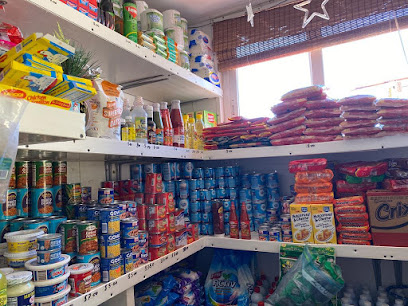
A & W Supermarket
A & W Supermarket in Soufriere: Your one-stop destination for local groceries, fresh produce, and Caribbean culinary delights.

Jolly's Toy Store and Fabric
Discover a treasure trove of toys and fabrics at Jolly's Toy Store in Roseau, a delightful destination for family fun and creativity.

Philo's Grocery Store
Experience the local flavors and friendly service at Philo's Grocery Store in Soufriere, a true Caribbean treasure for every traveler.

Atarah Intimates
Discover Atarah Intimates in Roseau: Your go-to boutique for exquisite lingerie that celebrates style, comfort, and body positivity.

Pirates LTD
Discover a world of duty-free shopping at Pirates LTD in Roseau, Dominica. Luxury goods, local treasures, and exceptional service await.
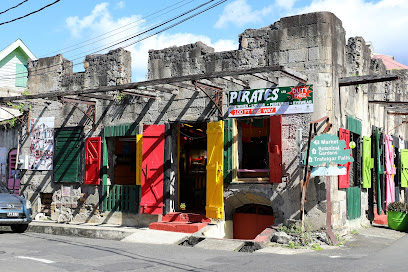
oyo's shop and bar
Explore the vibrant flavors of Dominica at Oyo's Shop and Bar, your go-to destination for local goods and refreshing drinks.

Faithful Attire
Explore unique Caribbean fashion at Faithful Attire in Scotts Head, where vibrant styles meet local craftsmanship for a memorable shopping experience.

Essential bars & hidden hideouts
Jungle Bay Dominica
Experience luxury and tranquility at Jungle Bay Dominica, a unique blend of restaurant, spa, and yoga retreat in the heart of nature.
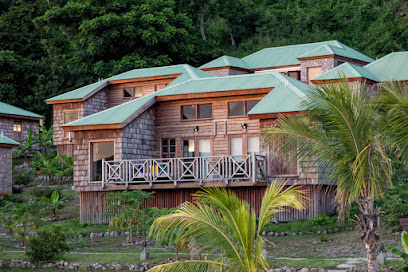
One Pot Bar and Restaurant
Discover the vibrant nightlife and delicious Caribbean cuisine at One Pot Bar and Restaurant in Roseau, a perfect blend of food, music, and culture.

JRs Bar
Discover the vibrant atmosphere of JRs Bar in Roseau, where lively music and delicious drinks create unforgettable Caribbean nights.
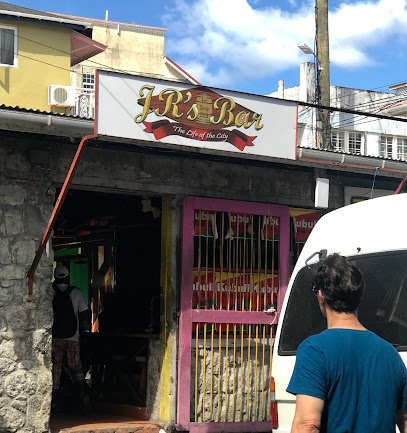
Epic Restaurant and Bar
Discover the vibrant flavors of Dominica at Epic Restaurant and Bar, the ultimate dining and nightlife experience in Roseau.
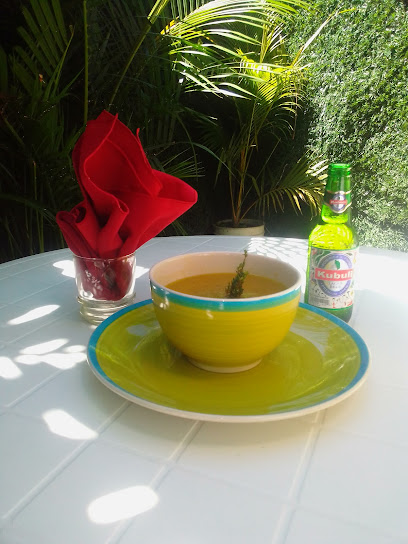
The Realm
Experience the magic of The Realm in Roseau, where delicious food, great drinks, and a fantastical atmosphere come together in perfect harmony.
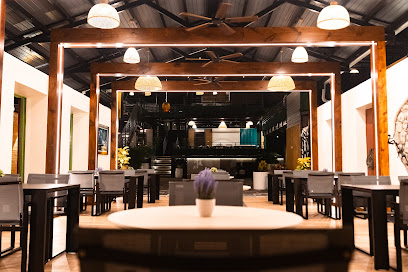
The Nook Café & Wine Bar
Discover the charm of The Nook Café & Wine Bar in Roseau, where delightful cuisine meets a relaxing atmosphere.
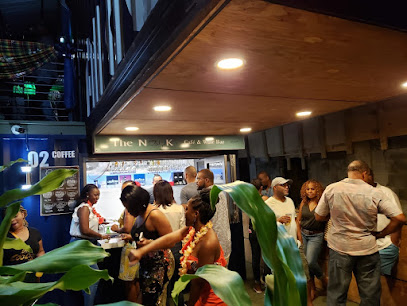
Teacher's Place
Experience authentic Caribbean cuisine at Teacher's Place in Soufriere, where delicious flavors meet warm hospitality.
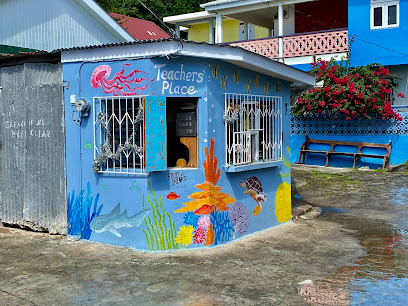
Milly's Bar
Experience the warmth of Caribbean hospitality at Milly's Bar in Pointe Michel, famous for its friendly atmosphere and delectable local cuisine.
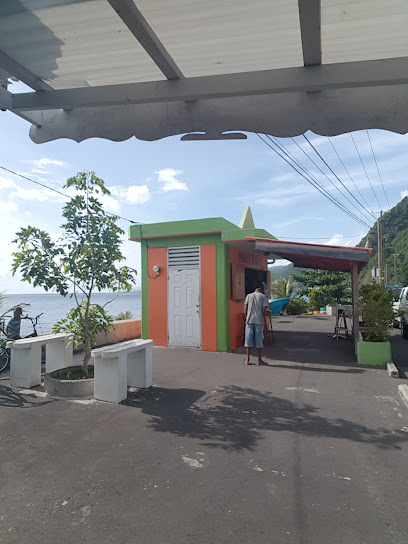
The Velvet Lounge, Café-Bar
Experience the cozy charm of The Velvet Lounge, a delightful café-bar in Roseau, perfect for drinks, snacks, and socializing.
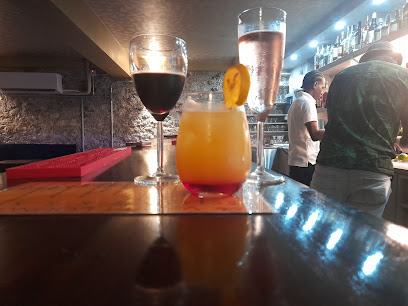
Iron Monkey Bar
Experience the vibrant atmosphere of Iron Monkey Bar in Soufriere, where stunning bay views meet delicious drinks and local cuisine.
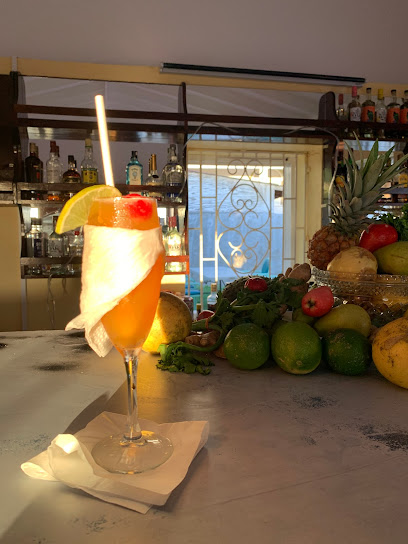
The Hive Bar & Lounge
Experience the vibrant Caribbean nightlife at The Hive Bar & Lounge in Roseau, where delightful drinks meet a welcoming atmosphere.
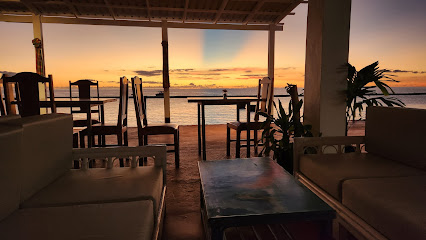
Nee's-Dy's Seaside Bar
Discover the ultimate seaside dining experience at Nee's-Dy's Seaside Bar in Soufriere, serving delicious grilled dishes with stunning ocean views.
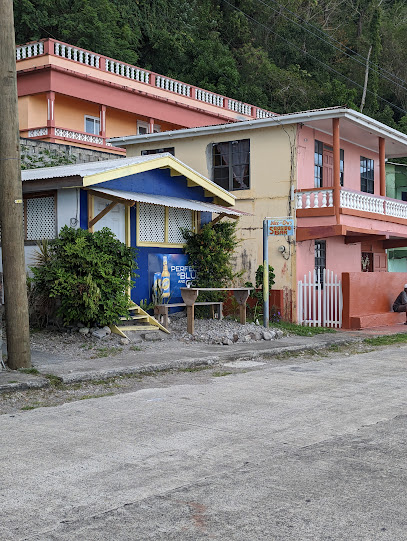
Iron Monkey Bar & Grill
Experience the vibrant flavors of the Caribbean at Iron Monkey Bar & Grill in Soufriere, where cocktails and local dishes create unforgettable memories.

Hazels's Touch
Savor the authentic Caribbean flavors at Hazel's Touch, a delightful restaurant in Soufriere known for its warm atmosphere and fresh, local dishes.
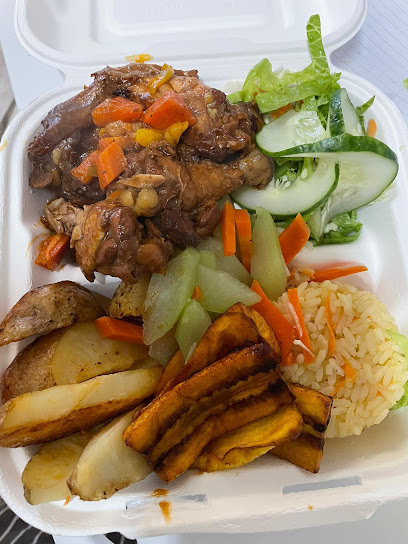
Bobby Bar & Grill
Experience the vibrant flavors of the Caribbean at Bobby Bar & Grill in Soufriere, where every meal is a celebration of local cuisine and culture.
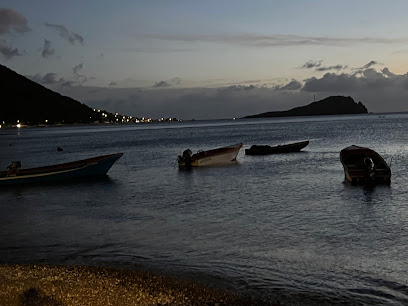
Local Phrases about Soufriere Bay
-
- HelloBonjou
[bon-zho] - GoodbyeOrevwa
[oh-rev-wah] - YesWi
[wee] - NoNon
[nohn] - Please/You're welcomeTanpri
[tahn-pree] - Thank youMèsi
[meh-see] - Excuse me/SorryEskize mwen
[es-kee-zay mwehn] - How are you?Kijan ou ye?
[kee-jahn oo yay] - Fine. And you?Byen. E ou?
[byen. ay oo] - Do you speak English?Eske ou pale angle?
[es-kay oo pah-lay ang-leh] - I don't understandMwen pa konprann
[mwehn pah kohn-prahn]
- HelloBonjou
-
- I'd like to see the menu, pleaseMwen ta renmen wè meni a, tanpri
[mwehn tah ren-mehn weh meh-nee ah, tahn-pree] - I don't eat meatMwen pa manje vyann
[mwehn pah mahn-jeh vyan] - Cheers!Sante!
[sahn-tay] - I would like to pay, pleaseMwen ta renmen peye, tanpri
[mwehn tah ren-mehn pay-yeh, tahn-pree]
- I'd like to see the menu, pleaseMwen ta renmen wè meni a, tanpri
-
- Help!Ed!
[ed] - Go away!Ale byen vit!
[ah-lay byen veet] - Call the Police!Rele Polis!
[reh-leh poh-leece] - Call a doctor!Rele yon doktè!
[reh-leh yohn dohk-teh] - I'm lostMwen pedi
[mwehn peh-dee] - I'm illMwen malad
[mwehn mah-lahd]
- Help!Ed!
-
- I'd like to buy...Mwen ta renmen achte...
[mwehn tah ren-mehn achtay] - I'm just lookingMwen jis gade
[mwehn zjeez gah-day] - How much is it?Konbyen li ye?
[kohn-byen lee yay] - That's too expensiveSa twò chè
[sah twah sheh] - Can you lower the price?Eske ou kapab redwi pri a?
[es-kay oo kah-pahb reh-dwee pree ah]
- I'd like to buy...Mwen ta renmen achte...
-
- What time is it?Kisa lè li ye?
[kee-sah leh lee yay] - It's one o'clockLi senk
[lee sehnk] - Half past (10)Minit sou (10)
[mee-neet soo] - MorningMaten
[mah-tehn] - AfternoonApremidi
[ah-preh-mee-dee] - EveningSwa
[swah] - YesterdayYe
[yeh] - TodayJodi a
[joh-dee ah] - TomorrowDemenn
[deh-mehn] - 1Yon
[yohn] - 2De
[deh] - 3Twaz
[twaahz] - 4Kat
[kaht] - 5Senk
[sehnk] - 6Sis
[sees] - 7Sèt
[set] - 8Wit
[weet] - 9Nèf
[nef] - 10Dis
[dees]
- What time is it?Kisa lè li ye?
-
- Where's a/the...?Ki kote...?
[kee koh-teh] - What's the address?Kisa adres la ye?
[kee-sah ah-dreh lah yay] - Can you show me (on the map)?Eske ou ka montre mwen (sou kat)?
[es-kay oo kah mohn-tray mwehn soo kaht] - When's the next (bus)?Ki lè pwochen la?
[kee leh pwosh-en lah] - A ticket (to ....)Yon tikè (pou ....)
[yohn tee-keh poo]
- Where's a/the...?Ki kote...?
History of Soufriere Bay
-
Before the arrival of Europeans, Soufriere Bay was inhabited by the Kalinago people, also known as the Caribs. They utilized the bay and its surrounding resources for fishing, agriculture, and settlement. The Kalinago were known for their seafaring skills and strong resistance to colonial powers.
-
In the late 15th century, European explorers, including Christopher Columbus, began arriving in the Caribbean. Although Columbus did not specifically document Soufriere Bay, the broader region of Dominica caught the attention of colonizers for its strategic location and natural resources.
-
In the 17th century, the French established control over Dominica, including Soufriere Bay. The area was developed for agriculture, particularly for sugarcane and coffee plantations. The French influence is still evident in the architecture and place names around Soufriere.
-
During the colonial period, enslaved Africans were brought to work on plantations. Many resisted and escaped to form maroon communities in the mountainous regions. These communities played a critical role in resisting colonial oppression and maintaining African cultural practices.
-
In the late 18th century, Dominica, including Soufriere Bay, came under British control. The Battle of the Saints in 1782 was a significant naval conflict between the British and French fleets near Dominica. The British victory solidified their control over the island.
-
Following the abolition of slavery in the 19th century, Soufriere Bay saw significant social and economic changes. Freed people established small farms and communities. The area also began to diversify its economy, including fishing and small-scale tourism.
-
Soufriere Bay is rich in cultural heritage, with a blend of indigenous, African, and European influences. The area hosts several cultural festivals, including traditional music, dance, and culinary events that celebrate its diverse history and community spirit.
-
Today, Soufriere Bay is known for its natural beauty and eco-tourism opportunities. The area attracts visitors for activities such as snorkeling, diving, and hiking. Efforts are being made to preserve its unique ecosystem while promoting sustainable tourism practices.
Soufriere Bay Essentials
-
Soufriere Bay is located in the southwestern part of Dominica. The nearest airport is Douglas-Charles Airport (DOM) on the northeast coast, approximately 1.5 to 2 hours away by car. From the airport, you can take a taxi or rent a car to reach Soufriere Bay. Alternatively, you can take a domestic flight to Canefield Airport, which is closer but has limited services. Ferry services from neighboring islands like Guadeloupe and Martinique also arrive at Roseau, the capital, from where you can take a taxi or bus to Soufriere Bay.
-
Getting around Soufriere Bay and the surrounding areas can be done via taxis, rental cars, or local buses. Taxis are readily available and can be hired for short trips or full-day tours. Rental cars offer flexibility for those who wish to explore at their own pace. Local buses, often in the form of minibuses, provide an affordable option but can be less reliable in terms of schedule. Walking is also a viable option for short distances within Soufriere Bay.
-
The official currency of Dominica is the Eastern Caribbean Dollar (XCD). Credit cards are accepted in most hotels, restaurants, and larger shops, but it's advisable to carry cash for smaller establishments and local markets. ATMs are available in Roseau and some larger towns, but it's wise to withdraw sufficient cash before heading to more remote areas like Soufriere Bay.
-
Soufriere Bay is generally safe for tourists, but it's important to take standard precautions. Avoid walking alone at night in unfamiliar areas and be cautious with your belongings in crowded places. While Dominica has a low crime rate, petty theft can occur. No specific high-crime areas targeting tourists are noted, but it's always best to stay vigilant and aware of your surroundings.
-
In case of emergency, dial 999 for immediate assistance. The nearest medical facilities are in Roseau, where you can find hospitals and clinics. It's recommended to have travel insurance that covers medical emergencies. For minor health issues, there are pharmacies in Roseau where you can purchase over-the-counter medications.
-
Fashion: Do dress modestly, especially when visiting religious sites. Avoid wearing revealing clothing. Religion: Do respect local customs and traditions. When visiting churches, dress conservatively. Public Transport: Do be respectful and give up your seat to elderly passengers. Don't eat or drink on public transport. Greetings: Do greet people with a warm smile and a handshake. A friendly 'Hello' or 'Good day' is customary. Eating & Drinking: Do try local delicacies and accept food offerings graciously. Don't refuse hospitality, as it is considered impolite.
-
To experience Soufriere Bay like a local, visit the local hot springs and sulfur baths, which are popular with both residents and visitors. Engage with locals, as they often share fascinating stories about the area's history and culture. Don't miss the chance to snorkel in the crystal-clear waters of Champagne Reef, known for its underwater volcanic vents. For a unique experience, hike up to the Soufriere Sulfur Springs and enjoy the stunning views of the bay.
Trending Landmarks in Soufriere Bay
-
Dominica Botanical Gardens
-
Emerald Pool
-
Trafalgar Falls
-
Titou Gorge
-
Jungle Bay Dominica
-
Champagne Reef, Dominica
-
Fort Shirley
-
Morne Bruce Viewpoint
-
Morne Trois Pitons National Park
-
Bubble Beach Spa
-
The Old Mill Cultural Centre
-
Nature Island Dive
-
Papillote Tropical Gardens
-
Spanny Falls
-
Middleham Falls Dominica
Nearby Cities to Soufriere Bay
-
Things To Do in Mahaut
-
Things To Do in La Plaine
-
Things To Do in Castle Bruce
-
Things To Do in Rodney Bay
-
Things To Do in Gros Islet
-
Things To Do in Castries
-
Things To Do in Dauphin
-
Things To Do in Marigot Bay
-
Things To Do in Anse la Raye
-
Things To Do in Canaries
-
Things To Do in Soufrière
-
Things To Do in Malgretoute
-
Things To Do in Praslin
-
Things To Do in Micoud
-
Things To Do in Choiseul

